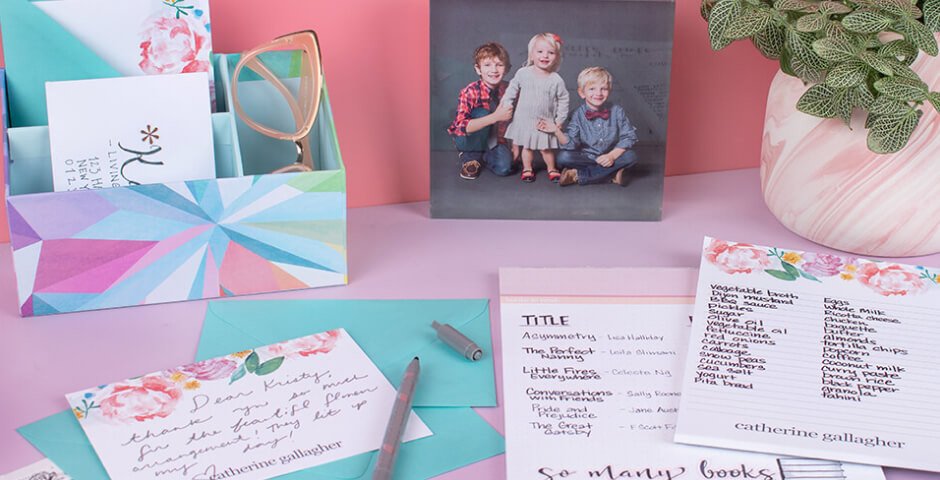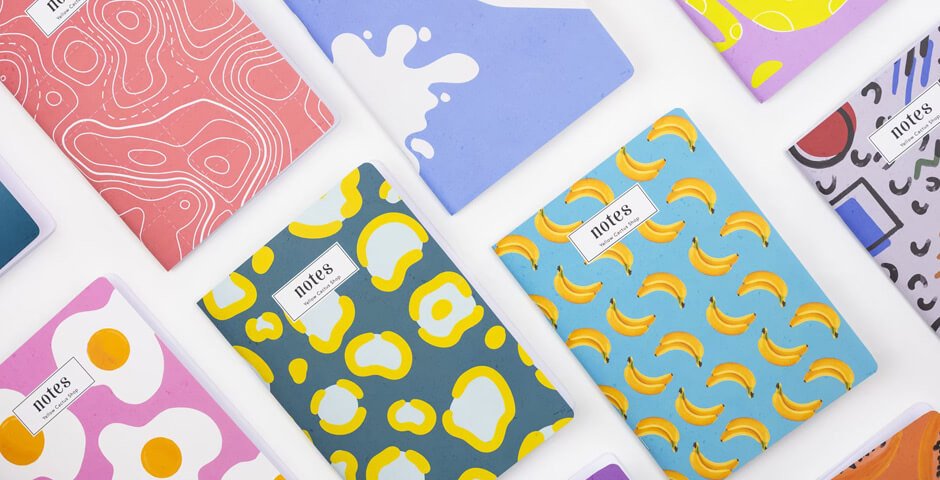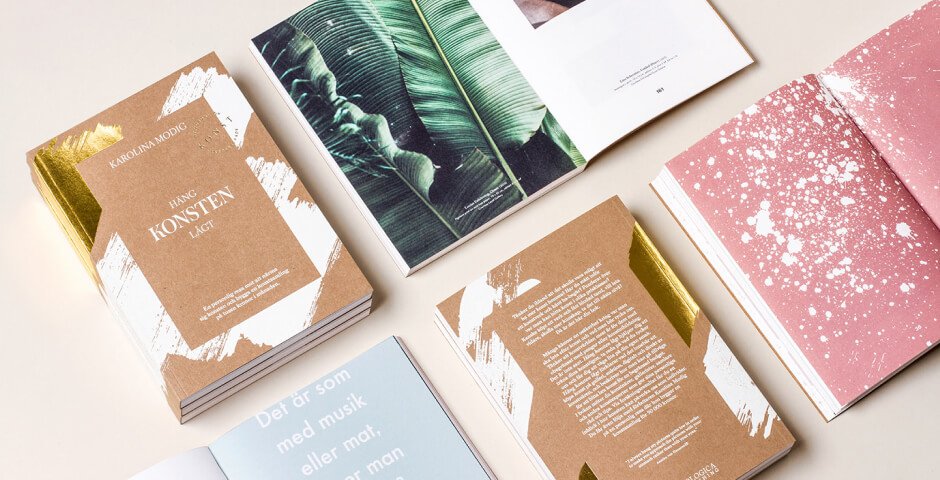Understanding HB PENCIL GRADES - What you NEED to know

Understanding the HB Scale: A Grayscale Journey
HB pencils, ubiquitous and beloved by artists and writers alike, hold a special place within the world of stationery. But did you know that the seemingly simple "HB" designation actually encompasses a spectrum of shades and hardness levels? Delving deeper into the world of HB pencils reveals a fascinating interplay of graphite and clay, offering artists and writers a versatile tool for creative expression.
Understanding the HB Scale: A Grayscale Journey
The HB pencil designation stems from the two core components of the pencil lead: graphite (H) and clay (B). The ratio of these two elements determines the pencil's hardness and shade:
H Pencils: Dominated by graphite, H pencils offer a lighter touch, producing fine, precise lines ideal for technical drawing, sketching, and outlining. As the numbers increase (H2, H3, etc.), the pencil becomes harder, leading to even lighter and thinner marks.
B Pencils: Higher in clay content, B pencils offer a richer, darker stroke, perfect for shading, filling in large areas, and achieving bold lines. Moving up the scale (B2, B3, etc.), the pencil's softness increases, resulting in progressively darker and denser marks.
HB Pencils: Striking the perfect balance between graphite and clay, HB pencils offer a versatile middle ground. They are suitable for a wide range of tasks, from writing and drawing to sketching and shading.
Beyond Hardness: Exploring Additional Factors
While the HB scale provides a foundational understanding of pencil types, other factors also influence their performance:
Graphite Quality: The quality of the graphite used significantly impacts the pencil's smoothness, consistency, and overall responsiveness. Higher-grade graphite leads to a more enjoyable writing and drawing experience.
Clay Binding: The type and amount of clay used in the pencil lead determine its hardness, durability, and sharpenability. Different clay blends cater to specific needs and preferences.
Pencil Design: The shape and construction of the pencil itself play a role in user comfort and writing experience. Hexagonal pencils offer a better grip than round ones, while ergonomic designs can help prevent fatigue during prolonged writing or drawing sessions.
Choosing the Right HB Pencil: A Matter of Preference and Purpose
With such a diverse range of HB pencils available, selecting the perfect one for your needs requires careful consideration:
Skill Level: Beginners may find HB or B pencils easier to control, while experienced artists may prefer H pencils for precise work or B pencils for achieving dramatic effects.
Purpose: Consider the specific task you'll be using the pencil for. Sketching and outlining may benefit from H pencils, while shading and drawing require softer B pencils.
Personal Preference: Experiment with different HB pencils to discover the hardness and shade that best suits your writing style and artistic vision.
By understanding the nuances of HB pencils and exploring the diverse options available, you can unlock a world of creative possibilities. From delicate sketches to bold illustrations, the right HB pencil can become your trusty companion on your artistic journey.





Comments
No comment at this time!
Leave your comment